Fan Cars (Ground Effect)
Take a look at the racing cars and road cars that use a fan to generate downforce.
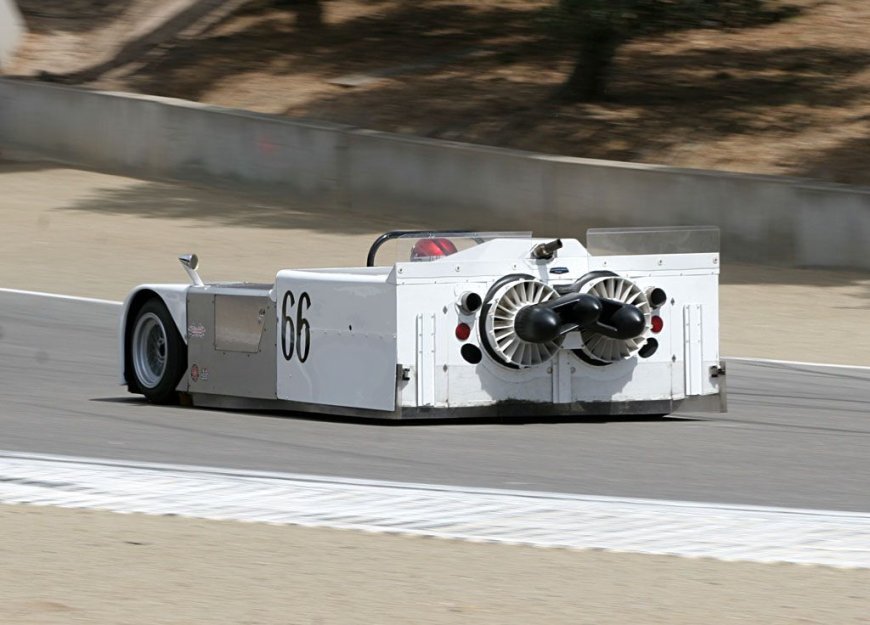
In the world of cars and motorsports, the use of aerodynamics to improve performance started in the late 60s. This meant that cars could generate more grip at speed without depending on suspension setups and fitting grippier tires. Despite this advance in aerodynamics, engineers kept looking for more advanced ways to increase downforce. This led to one specific innovation that is regarded as the most extreme form of ground effect: the use of a fan to suck the car onto the ground.
The concept of the use of a fan in a car is similar to that of a vacuum cleaner, in which that it can suck out air from underneath the car, creating a low pressure region underneath, therefore creating downforce. This effect presses the car down onto the ground, increasing the grip between the tires and the road. To take full advantage of this effect, the lower part of the car must be sealed to the ground, in order to prevent any air from the outside from getting beneath the car.
One of the main advantages of using a fan to generate downforce, is that it can create this effect at any speed, while traditional wings only create downforce at high speeds.
Since the first car to use a fan in motorsports, there have been a few road cars using the same technology. However, the design of the fan system in these cars isn't as extreme as their racing counterparts.

Introduced in 1970, it was the first car to use a fan for ground effect. This Can-Am racing car was equipped with two rear fans powered by a separate two-cylinder snowmobile engine. However, this car was short-lived, as other competitors protested for having a movable aerodynamic device and that the system blew dust and rocks at other competitors.
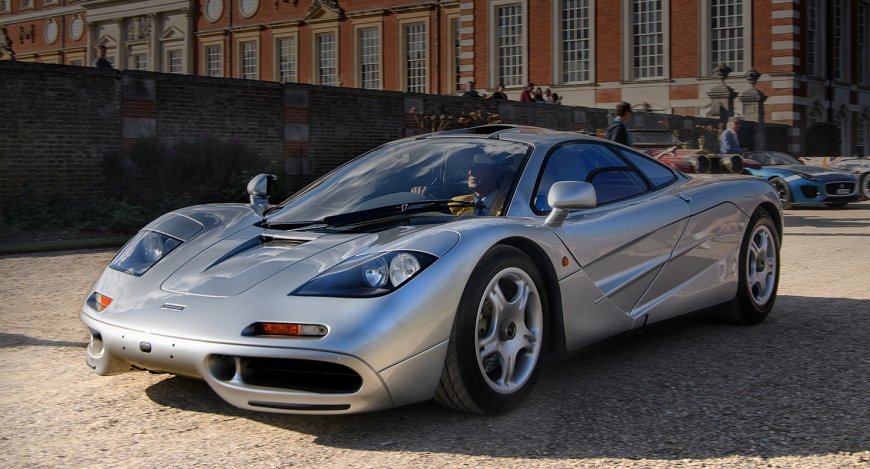
The McLaren F1 held the record for fastest naturally aspirated production car in the world for 24 years. This car features no fixed wing to produce downforce. Instead, it uses two electric Kevlar fans to decrease the pressure under the car, which, in addition to a three-part rear diffuser, generates downforce.
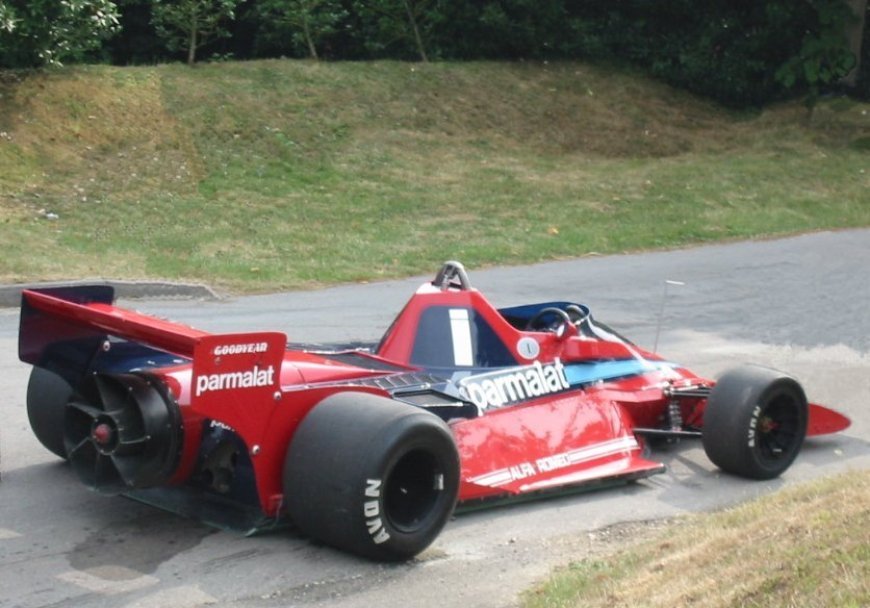
Designed by Gordon Murray, the Brabham BT46B was the only F1 car to use a fan to generate downforce. However, the rules at the time prohibited an auxiliary engine, so instead of using a separate engine like the Chaparral 2J, the fan was operated by the transmission. It was also prohibited to have a movable aerodynamic device, but as over 50% of the fan’s flow was designed to cool the engine, officials were told that its primary function was to cool a radiator placed above the engine.
Nevertheless, opposing teams threatened to pull out of the Formula One Constructor’s Association if the car was not deemed illegal. Also, other drivers complained about being hit by debris and gravel from the fan. After entering just one Grand Prix, the team voluntarily withdrew the car.
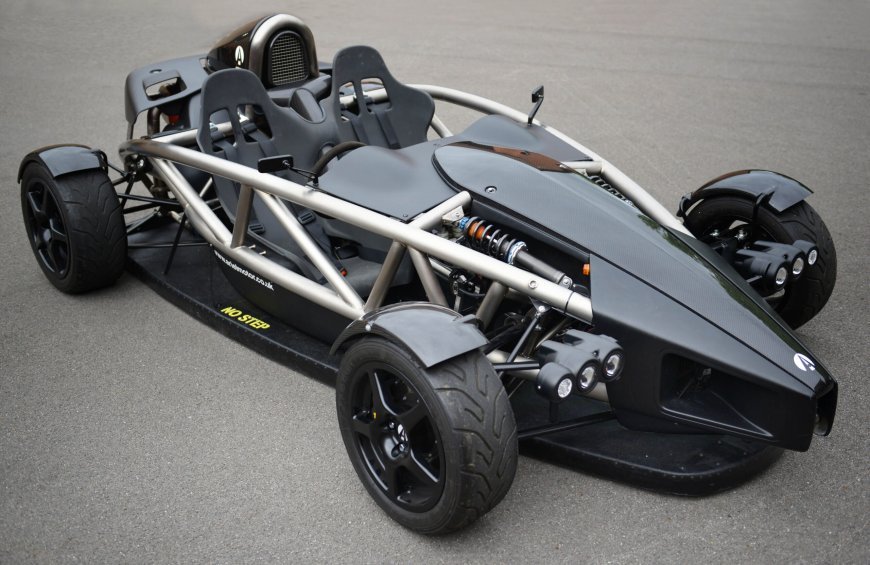
The Ariel Atom AERO-P is a concept car that features two small, high-speed fans to create downforce. The lower part of the car has a rubber skirt forming a seal around the ground. The AERO-P, or Aerodynamic Efficiency Requirements & Optimization Project, fans are operated by a battery that can be controlled either manually, or used automatically during braking, accelerating and cornering.
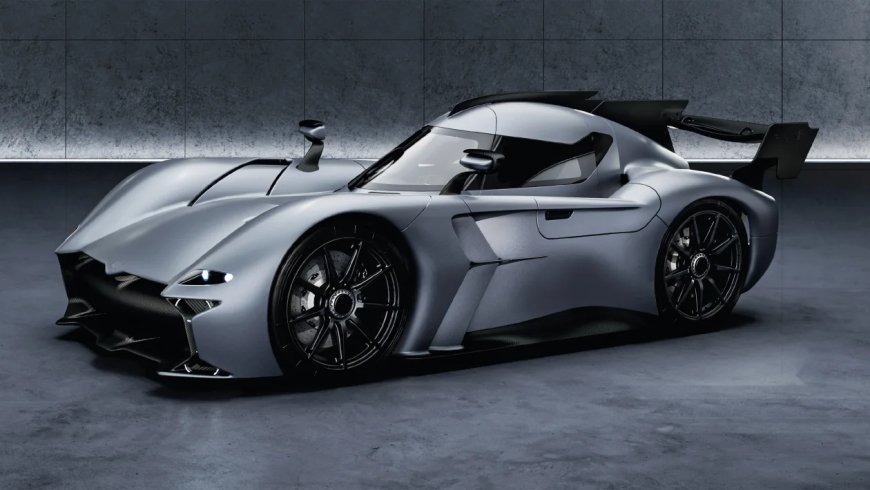
The McMurtry Spéirling is a prototype electric car developed by McMurtry Automotive. This 1,000 hp car has two fans that provide 2,000 kg of downforce. The manufacturer claims it can do zero to 300 km/h in 9 seconds. In 2022, it achieved a new record time of 39.08 seconds in the Goodwood Festival of Speed hillclimb.
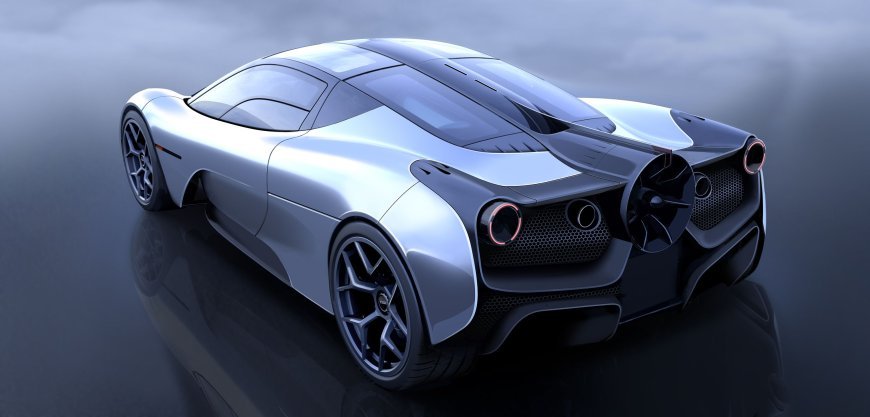
The Gordon Murray Automotive T.50 features a 40 cm aerodynamic fan integrated into the rear of the car, powered by an electric motor. But rather than using the fan to generate outright downforce, this car makes use of aggressive and steep angled rear diffusers, which in turn creates turbulent air that is sucked by the fan, providing a significant increase in overall downforce.
